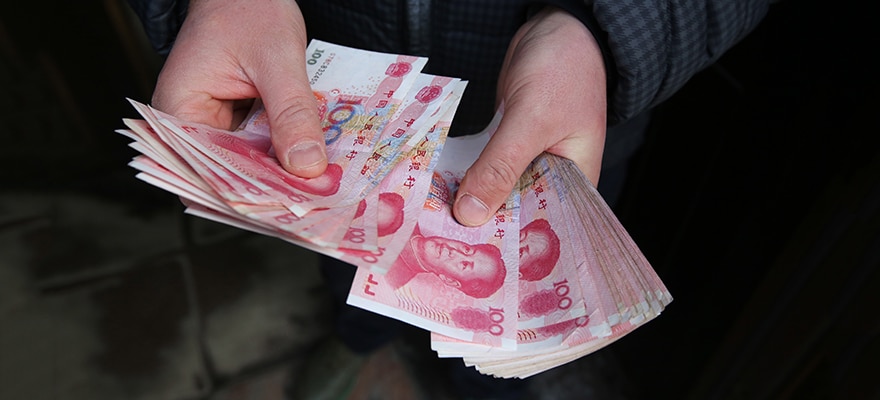A survey carried out in Moscow by Bloomberg shows a majority of Russian executives pointing to the correlation between the ruble and oil prices as the biggest issue facing the Russia’s currency in 2017.
The London Summit 2017 is coming, get involved! [gptAdvertisement] Results were gathered from more than 85 leading FX analysts, traders and technology professionals who were in attendance at Bloomberg’s FX17 summit held in Moscow last week.
A closer look at the results shows that there is solid consensus on the biggest risk to the ruble this year. However, global events are on the minds of Russian executives.
Further results point to roughly 51 percent of those surveyed as expecting oil prices to have the biggest effect on the currency during the remainder of the year, while 22 percent of Moscow-based professionals worry about Russian central bank policies and geopolitics. A smaller percentage cited US interest rate hikes as their top concern.
When asked about their primary challenge, 41 percent of respondents cited “managing currency exposures” as the biggest threat, while just under one-quarter (21 percent) of respondents considered market structure changes to be the most critical issue. Conversely, noted Bloomberg, few respondents (15 percent) cited hedging against market Volatility as the biggest risk to the ruble, while professionals concerned over 'navigating geopolitical challenges' and 'reducing operation costs' were 15 percent and 9 percent respectively.
Only a handful of the survey participants, 12 percent, expected the USD/RUB currency pair to go below 55 at the end of 2017, while 48 percent of respondents believe that the instrument will remain between 55 and 60. Another 38 percent of Bloomberg’s survey audience anticipated that the ruble will range from 60 to 65.
Commenting on the findings, Tod Van Name, Bloomberg’s Global Head of Electronic Trading for Foreign Exchange and Commodities, said: “The ruble regained some of the ground it lost over the last three years as oil prices firmed. We brought the leaders of the Moscow FX community together to hear their thoughts and share the latest technology and industry best practices.”
“FX professionals in Russia and around the world need the accuracy, speed and ease of electronic trading technology. They need one platform where they can trade spots, forwards, Swaps , deposits, non-deliverable forwards and options. FXGO provides innovative solutions that increase efficiency and reduce operational risk. They can get that on the Bloomberg Terminal,” added Van Name.
















